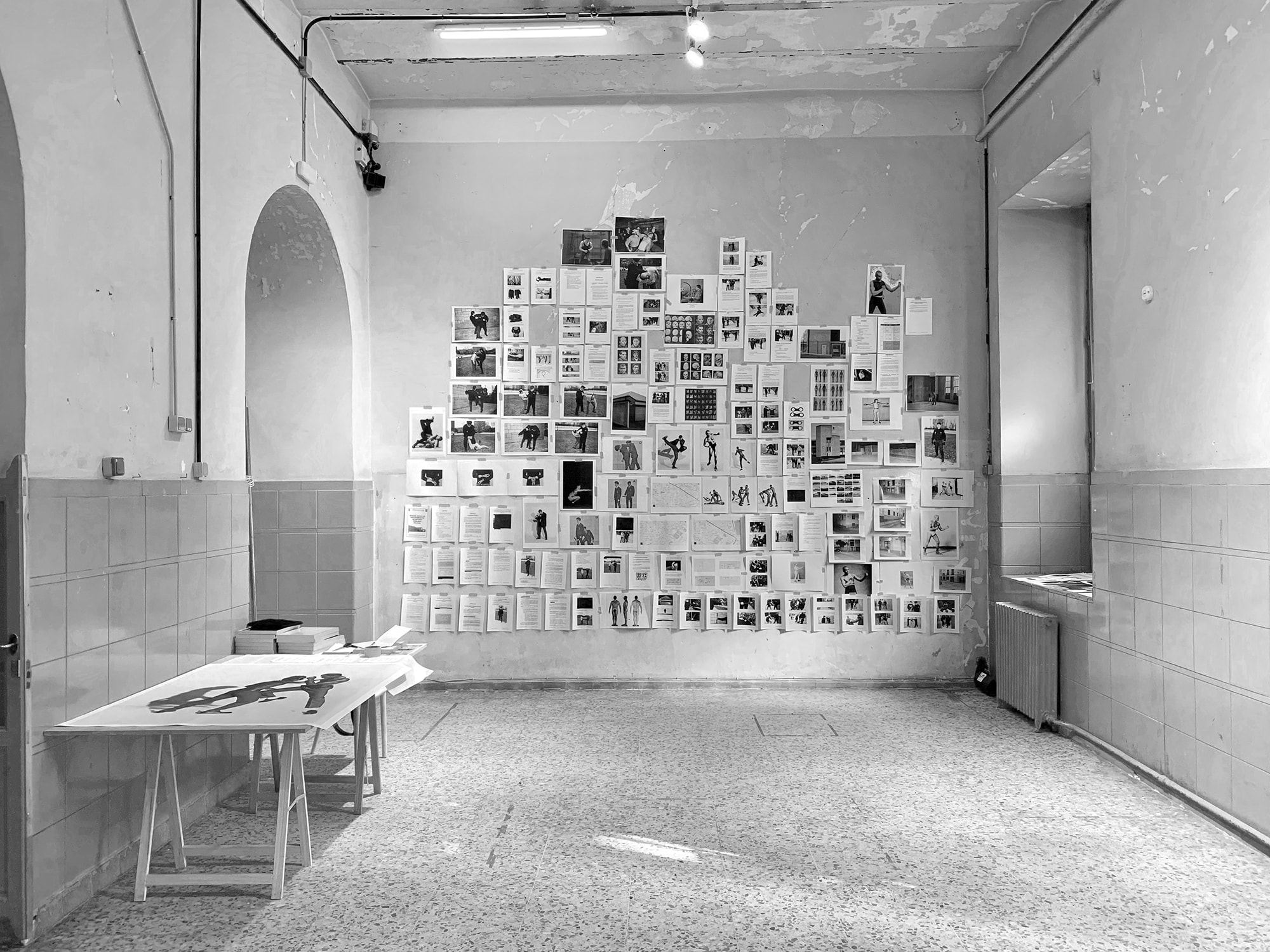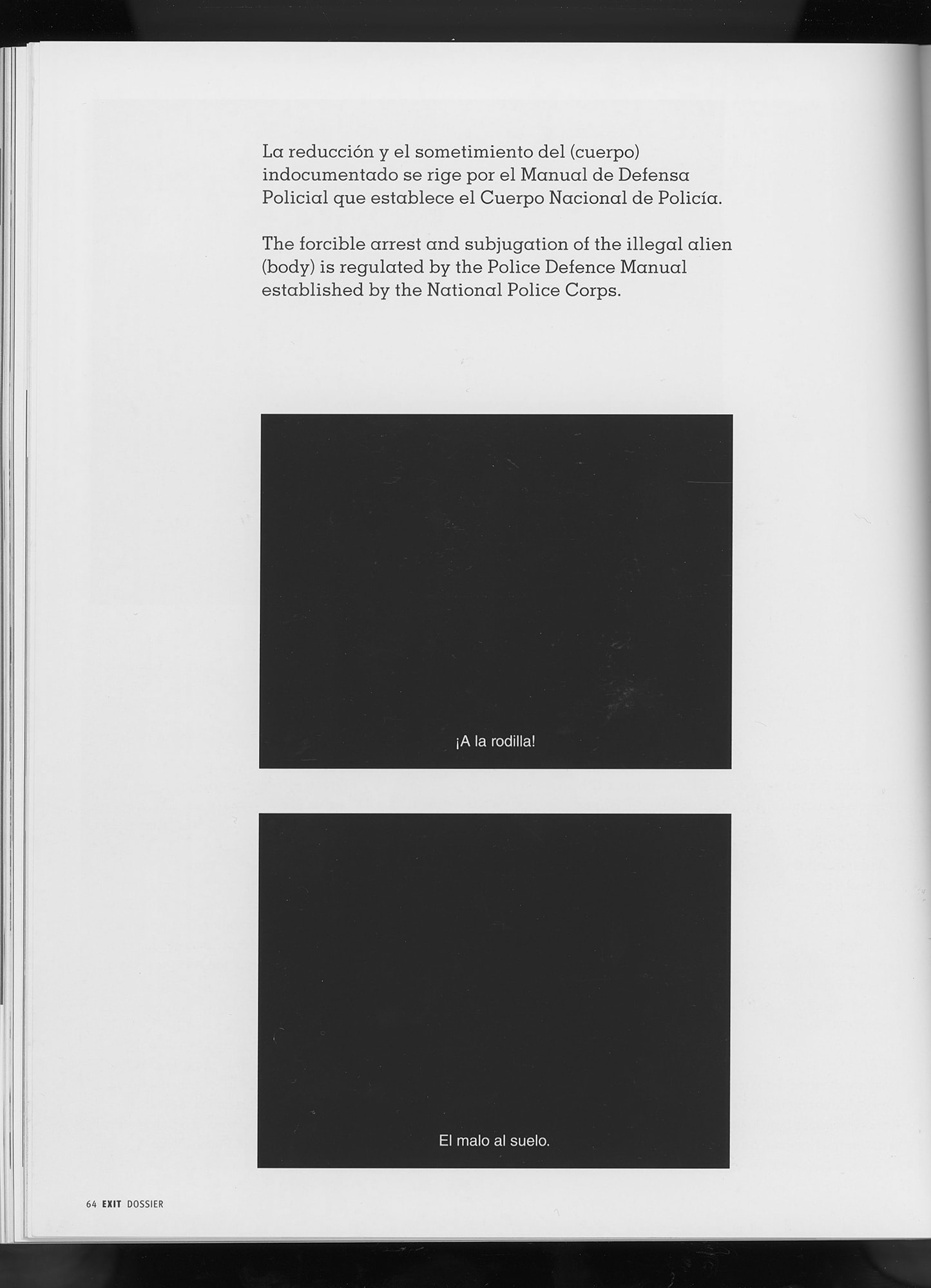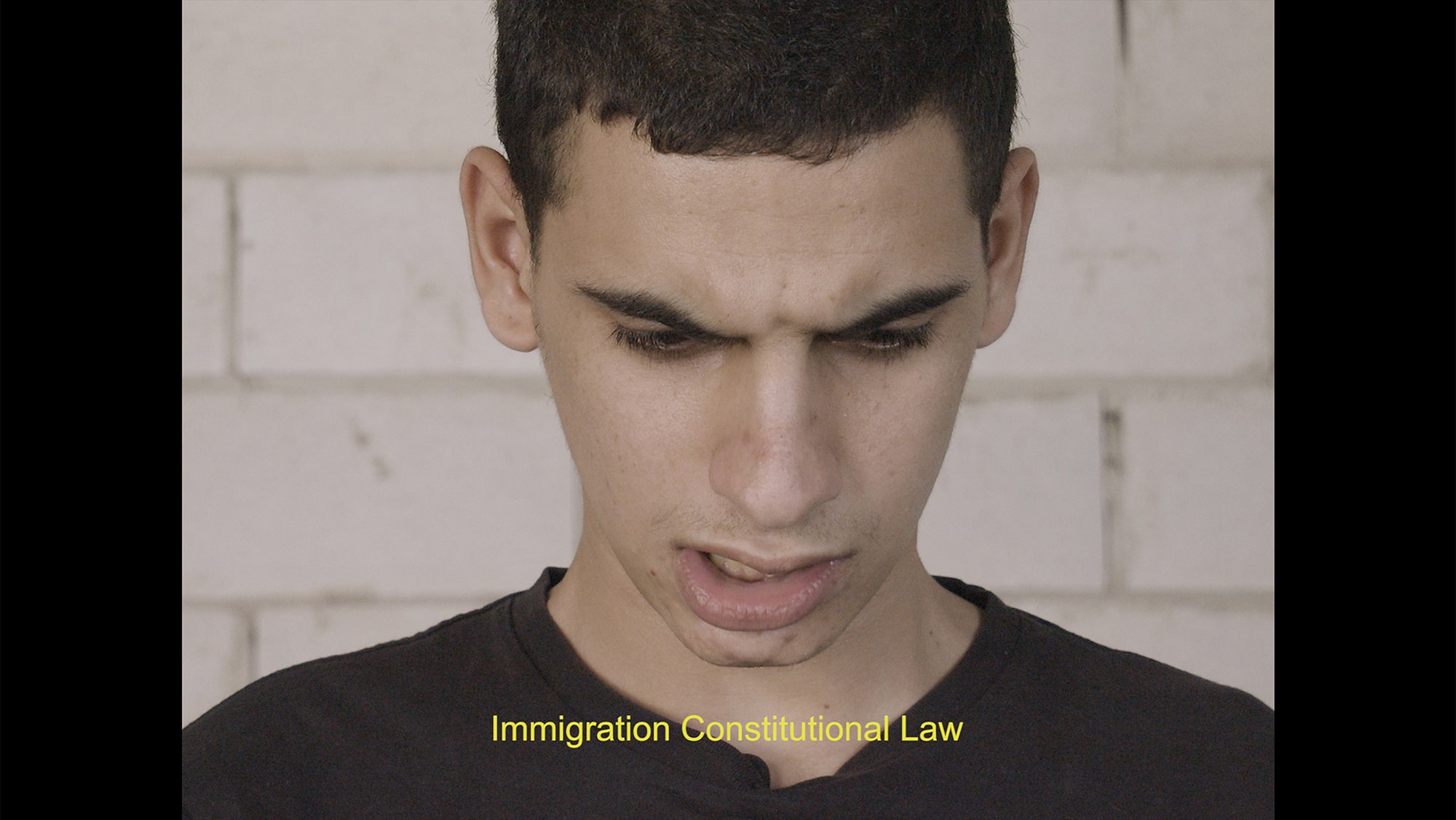
Ode to slow photography
For Felipe Romero Beltrán, choosing a subject to photograph implies having time to dedicate to it. Time to be. Time for the questions to appear. Time to answer them. Time to change.
The Colombian photographer and visual artist is now pursuing a Ph.D. at the Complutense University of Madrid while working on territories where boundaries between bodies, violence, and conflicts are unclear. Like the Rio Bravo, in northern Mexico, where people cross into the United States. Or the bureaucratic and police brutality against migrants in Europe.
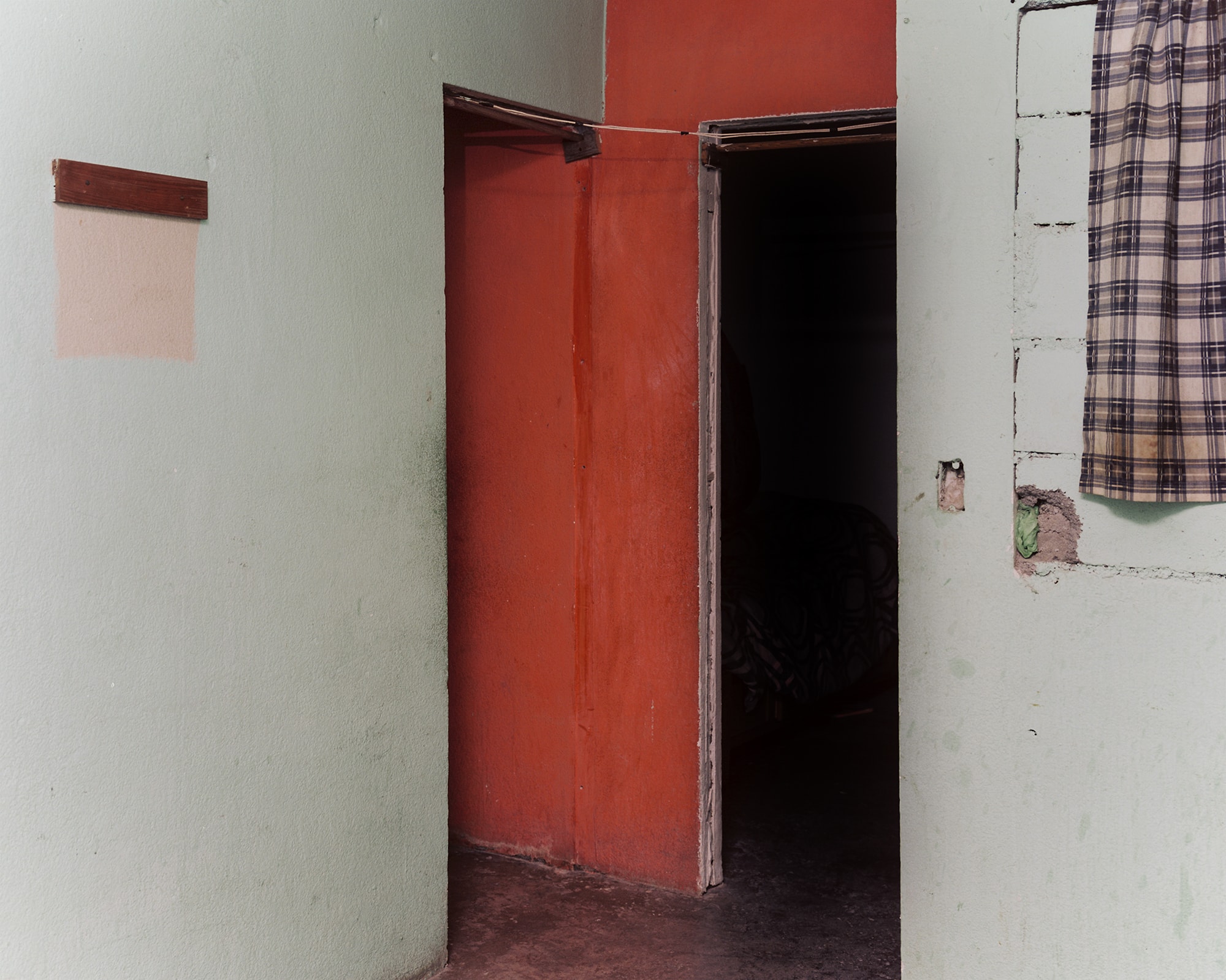
How was your work Bravo born?
It started organically; it was a project I hadn’t planned. I started doing it because of a visit to northern Mexico to see some friends. The Rio Bravo is fundamental in Mexico geographically, historically, and socially. I had that idea in my head and started taking photographs. After that more anecdotal question about the trip, I asked for a grant from the State. That forces you to set a timetable for the project, with objectives and a particular way of doing it. So I decided to do something close to the river or in the river. I knew the project would be about the Mexican side because of my needed documents. But also because Ido not intend to cover a lot, but to learn.
I always try to work where I can spend some time. I think it shows a little bit: my photography is very slow. I take a long time. I take a long time in places and try to stop when taking a photograph. It comes out that way. I’ve been there several times, and I walk around.
I go to an area before the river. The idea of the “landscape before” the border interests me more than the actual place of the conflict. My photography is more comfortable at the entrance. The project has at least another year to go. I need time to understand and ask myself some questions.
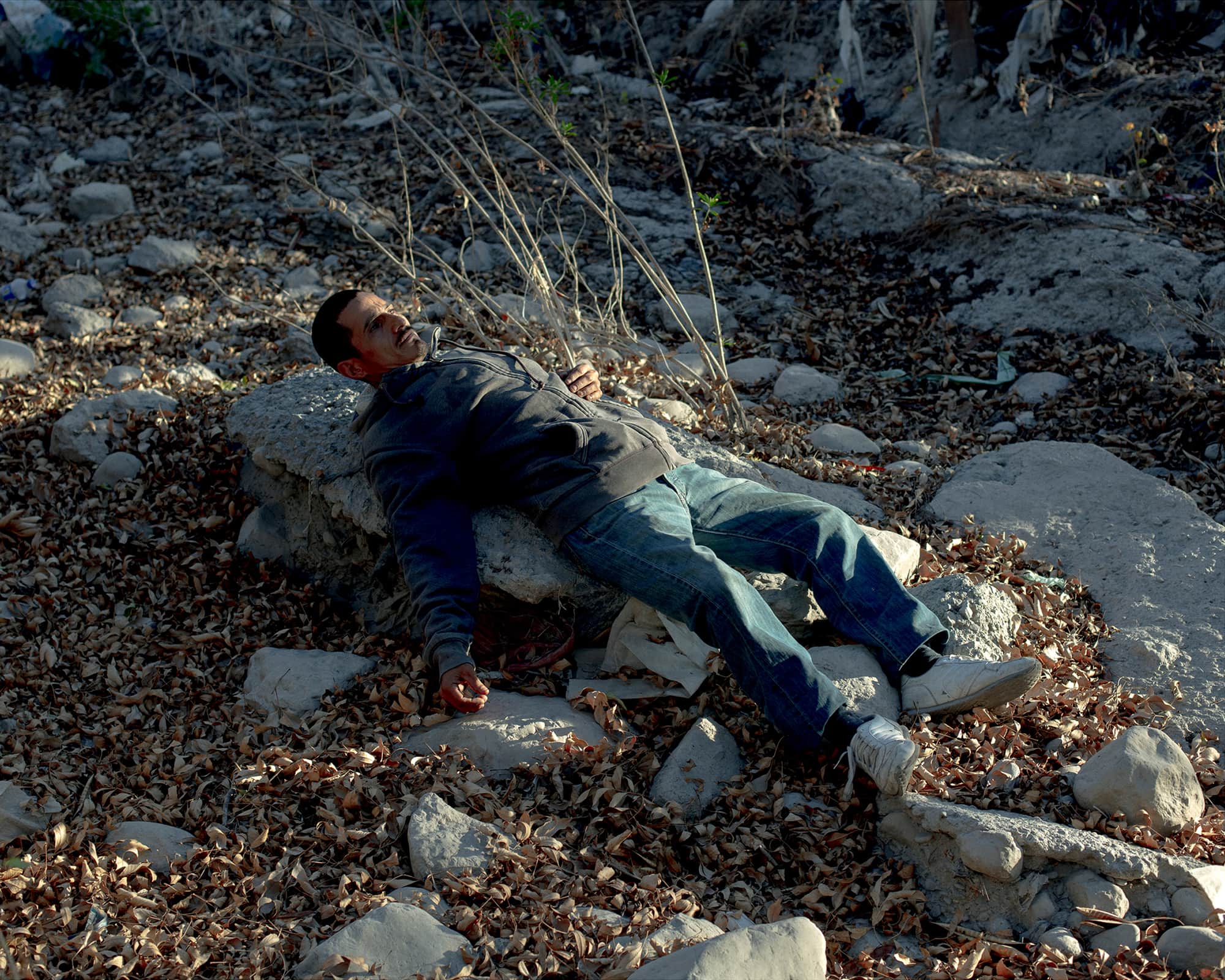
he questions are verbal; the images are much older than the words. They have this insurmountable component between what you verbalize and what happens. In more political terms, this earlier zone or in-between place is fascinating. It is what is moving me now to do photography, to stop things with the photographic image. Not in its more naïve conception of stopping time but suspending what is in front of it. I also do portraits. So, that question about presenting or representing the other is more intense when the other is in front of you.
Would you say there is a continuity between Dialecto and Bravo?
Dialecto has a more extended history; it started earlier. The project started with some kids who had just crossed the Mediterranean from Morocco. They were in the process of waiting and bureaucratizing their residency in Spain. That can take up to three years, added to the pandemic and other layers that we have to deal with and be migrants. Language, papers, getting a job, going to school.
In these two projects, what interests me is to detect some characteristics beyond the conflict. There are some concerns about the body and that body crossed by a specific policy. For example, all the European bureaucracy that one goes through to reside legally in a country of the European Union.
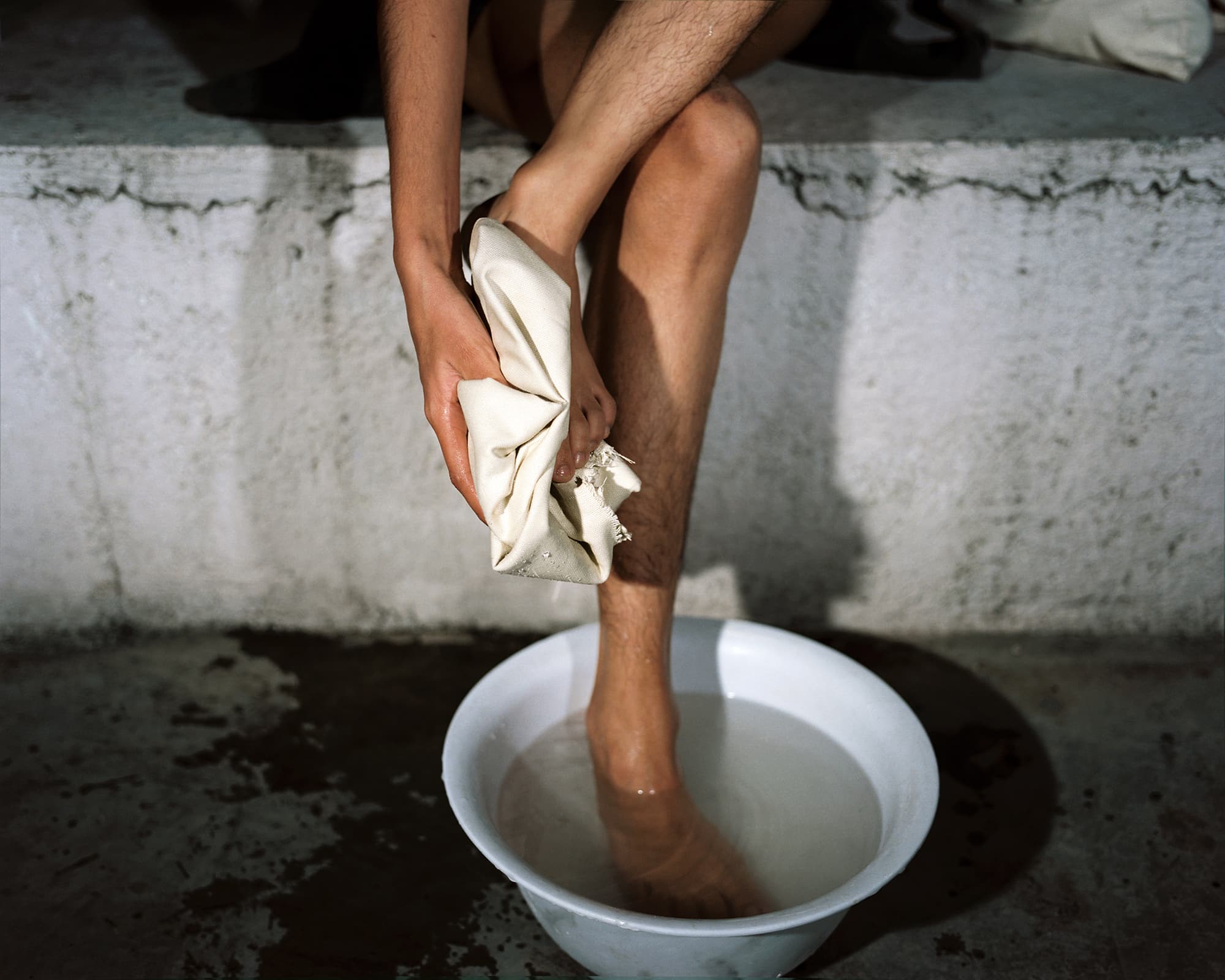
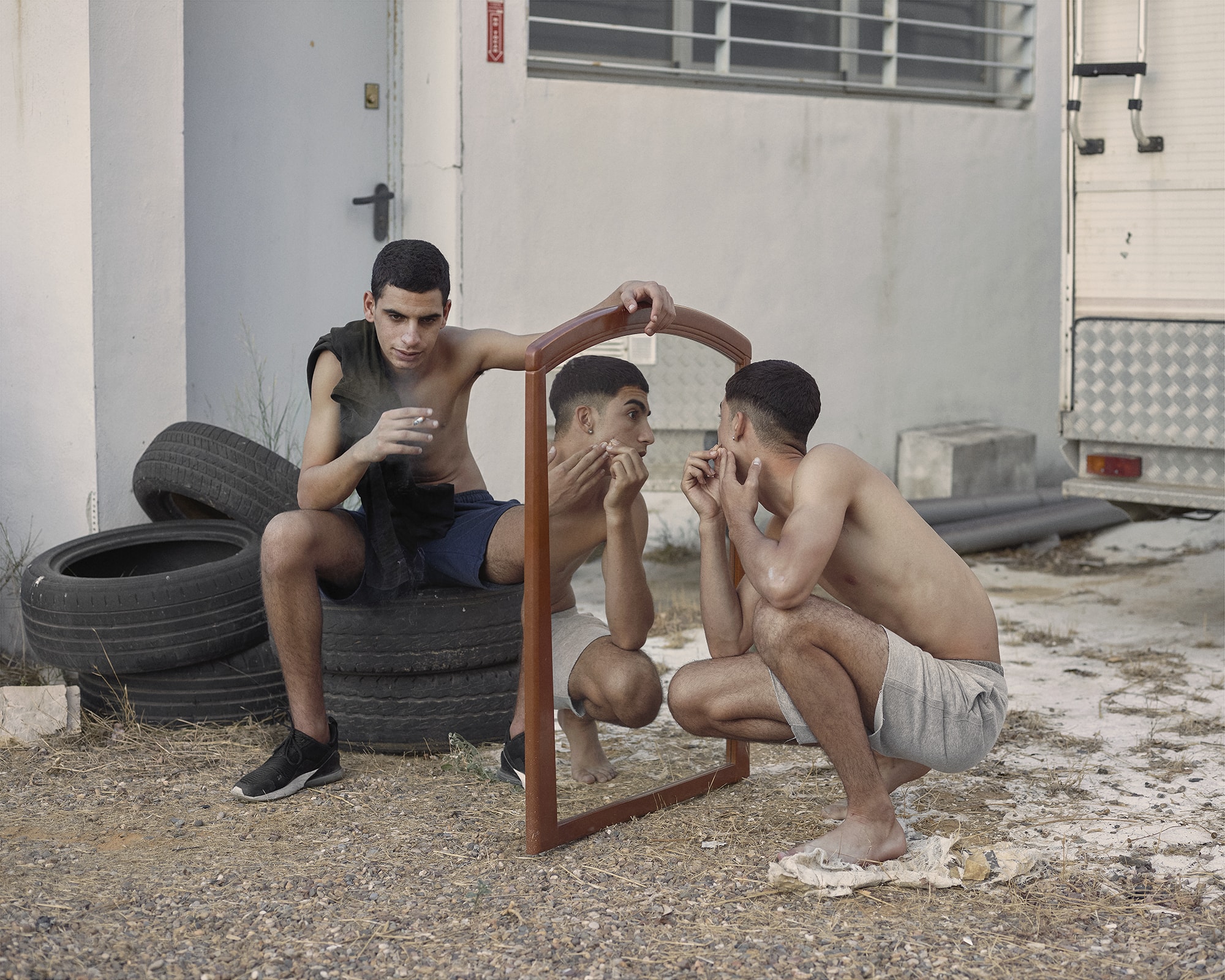
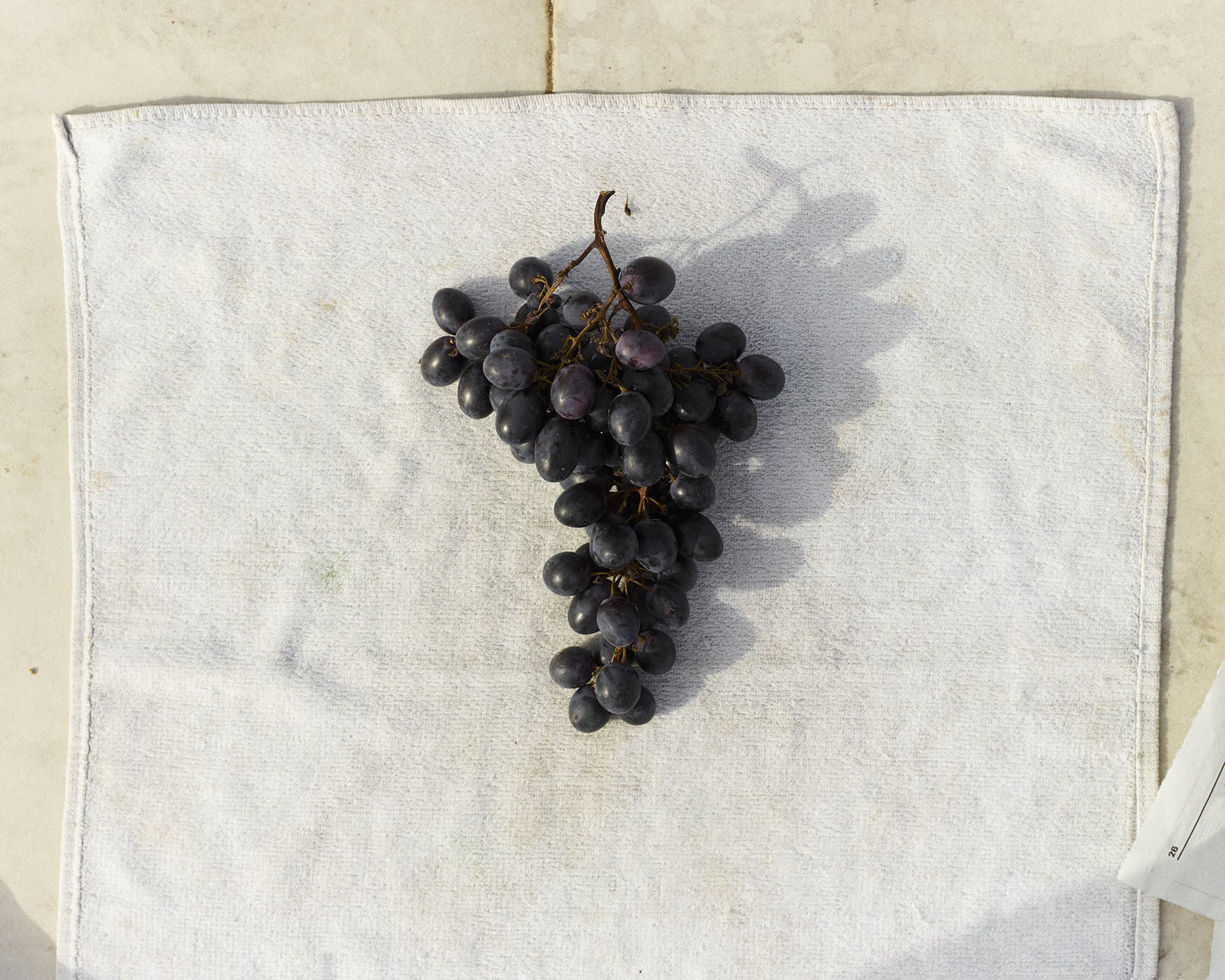
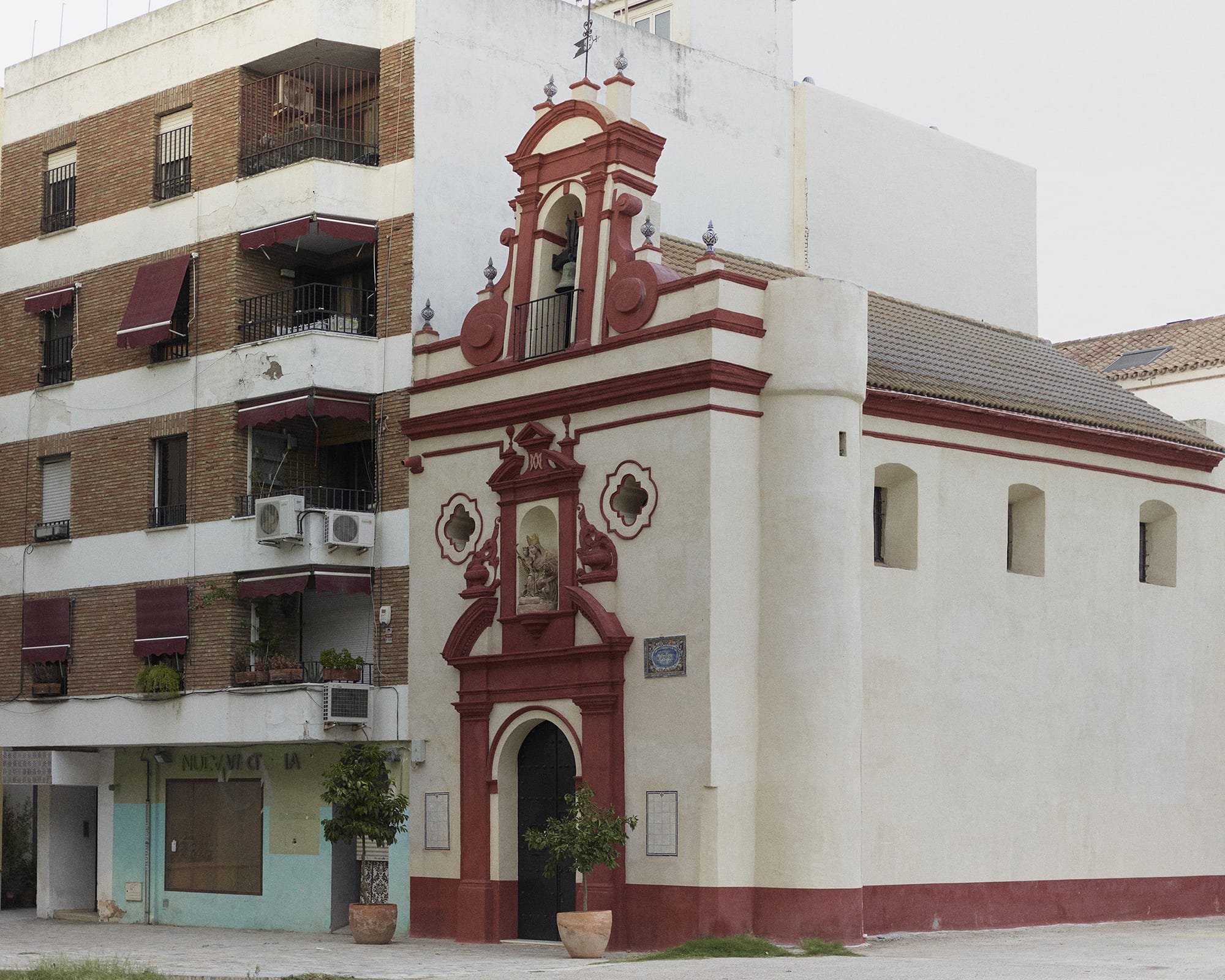
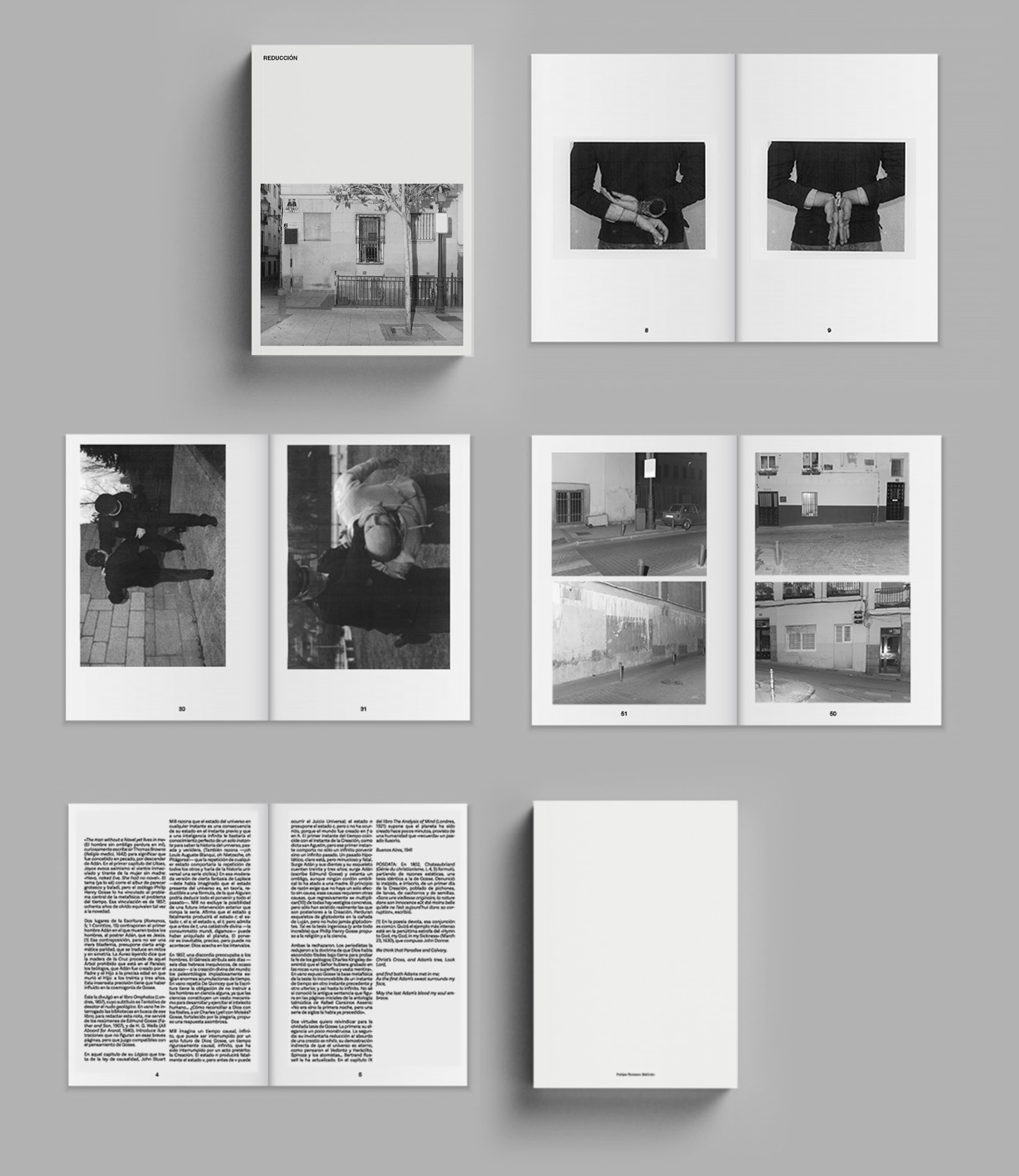
And a little further back in time, you have made Reducción (Reduction).
That started with an invitation to be part of a residency in a cultural center in Lavapiés, Madrid. The project began with the idea of working in one of the most emblematic neighborhoods, which is now undergoing a rather violent process of transformation. I started to think about the process of subjugation and police reduction. The project has three parts. In one, I ask where do they do police checks. I understand that they are random. Some characters appear; they call themselves police officers and ask for papers. Those who do not have any have a different process. In these records of the streets, potential scenes appeared. It is a series that I photograph at night.
I ask two undocumented kids to reproduce the police defense handbook in the other part. This handbook has a structure of inflicting pain, and it describes how to subdue the other in great detail.
